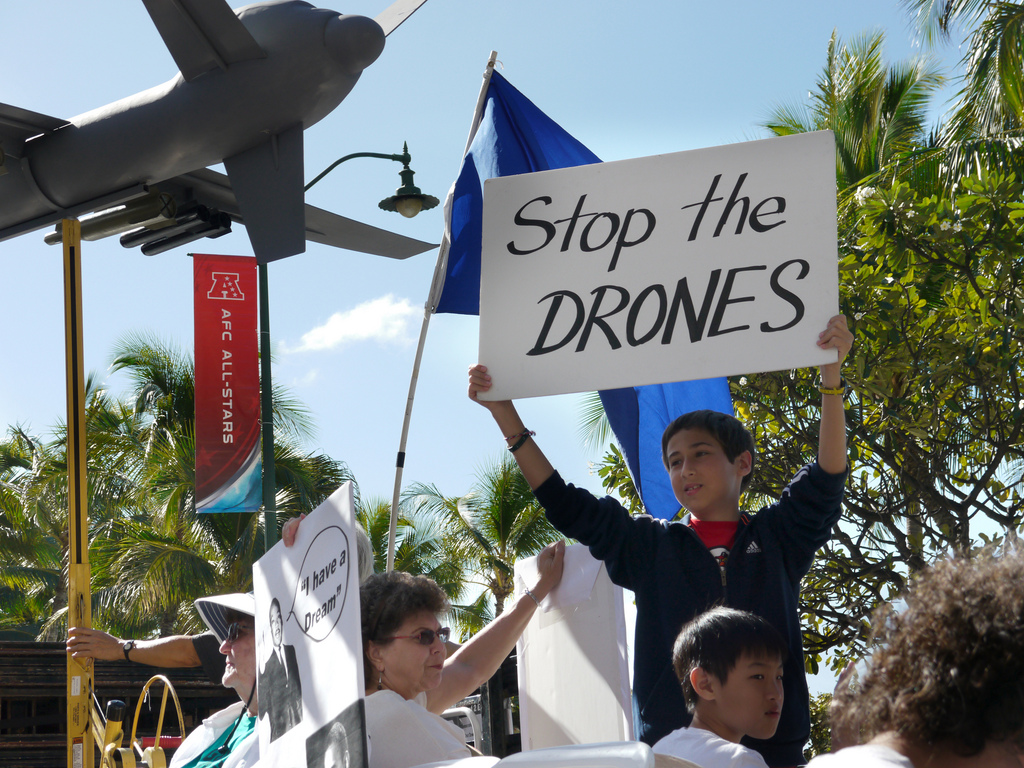Report: Humanitarian Impact of Drones

EFAD Member Article 36 has published a report on the humanitarian impacts of armed drones, together with the Women’s International League for Peace and Freedom (WILPF) and the International Disarmament Institute at Pace University. This collaborative study aims to refocus the debate about drones on the harm caused to people by these weapons as specific technologies of violence.
Humanitarian harm from the use of armed drones within and outside of armed conflict is a distinct and urgent problem. The use of armed drones has raised significant challenges to international law, human rights, ethics and morality, peace and security, environmental protection, development, transparency, surveillance, privacy, policing, gender equality, and more.
The study examines various humanitarian impacts of the use of armed drones from a number of different perspectives and regions. With contributions from academics, legal analysts, and survivors of armed drones, it explores the range of challenges and risks raised by armed drones as a technology, their use so far and their increasing popularity as a tool in the use of force.
The study was edited by Ray Acheson, Matthew Bolton, Elizabeth Minor, and Allison Pytlak, and published October 2017 by Reaching Critical Will, a programme of WILPF, the International Disarmament Institute of Pace University and Article 36.

